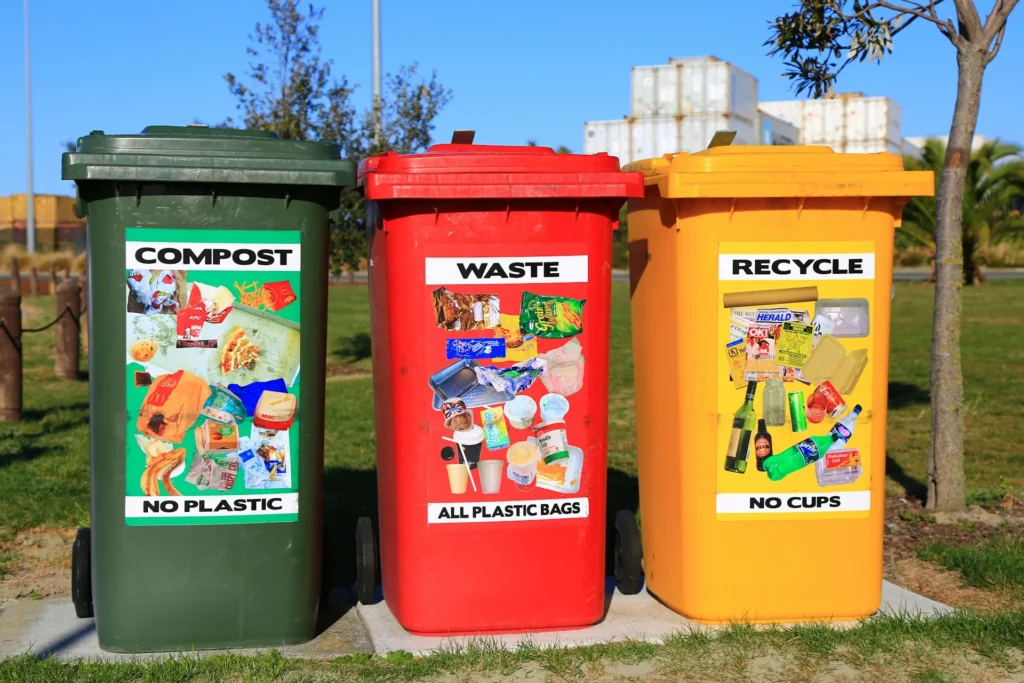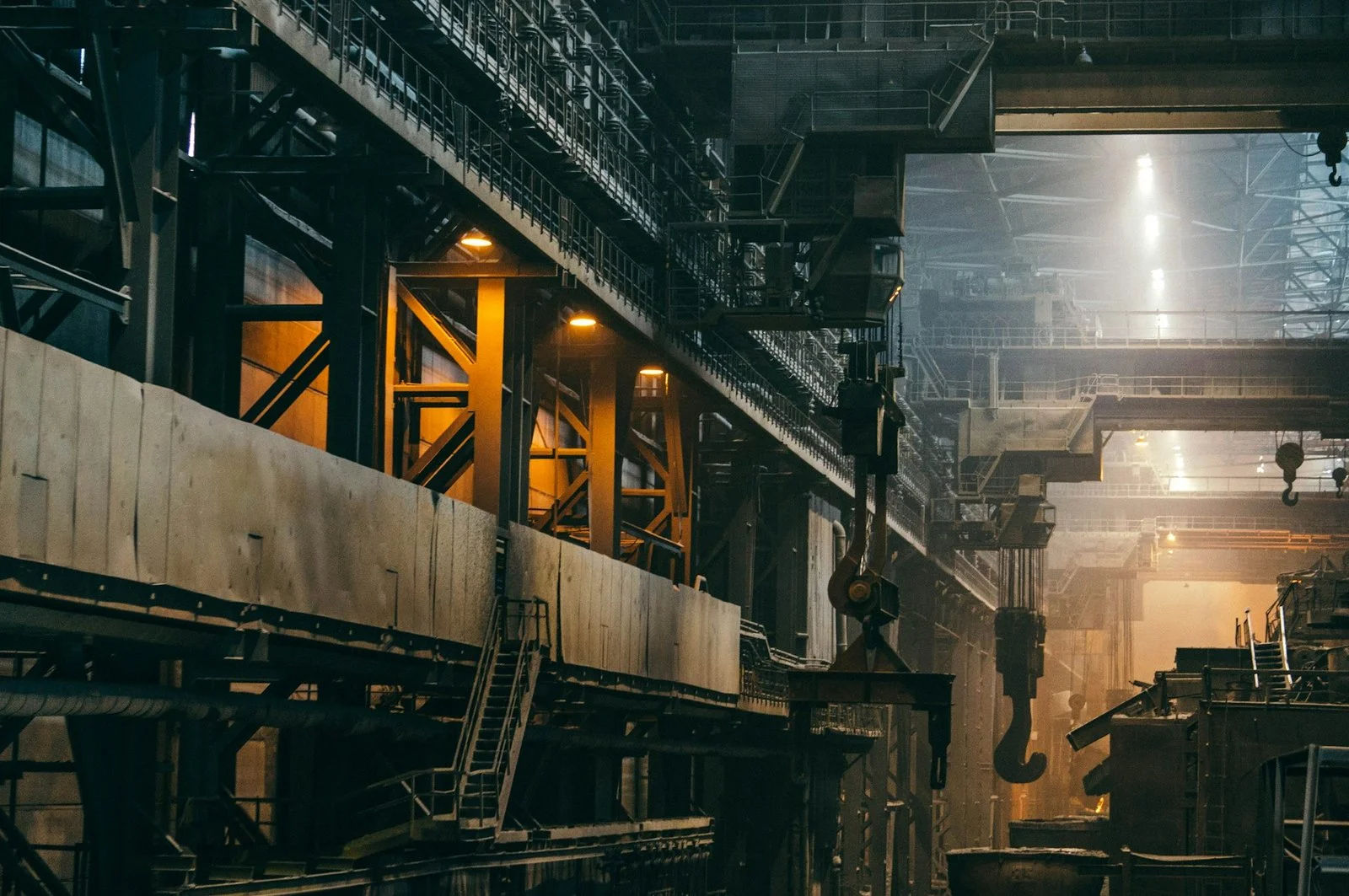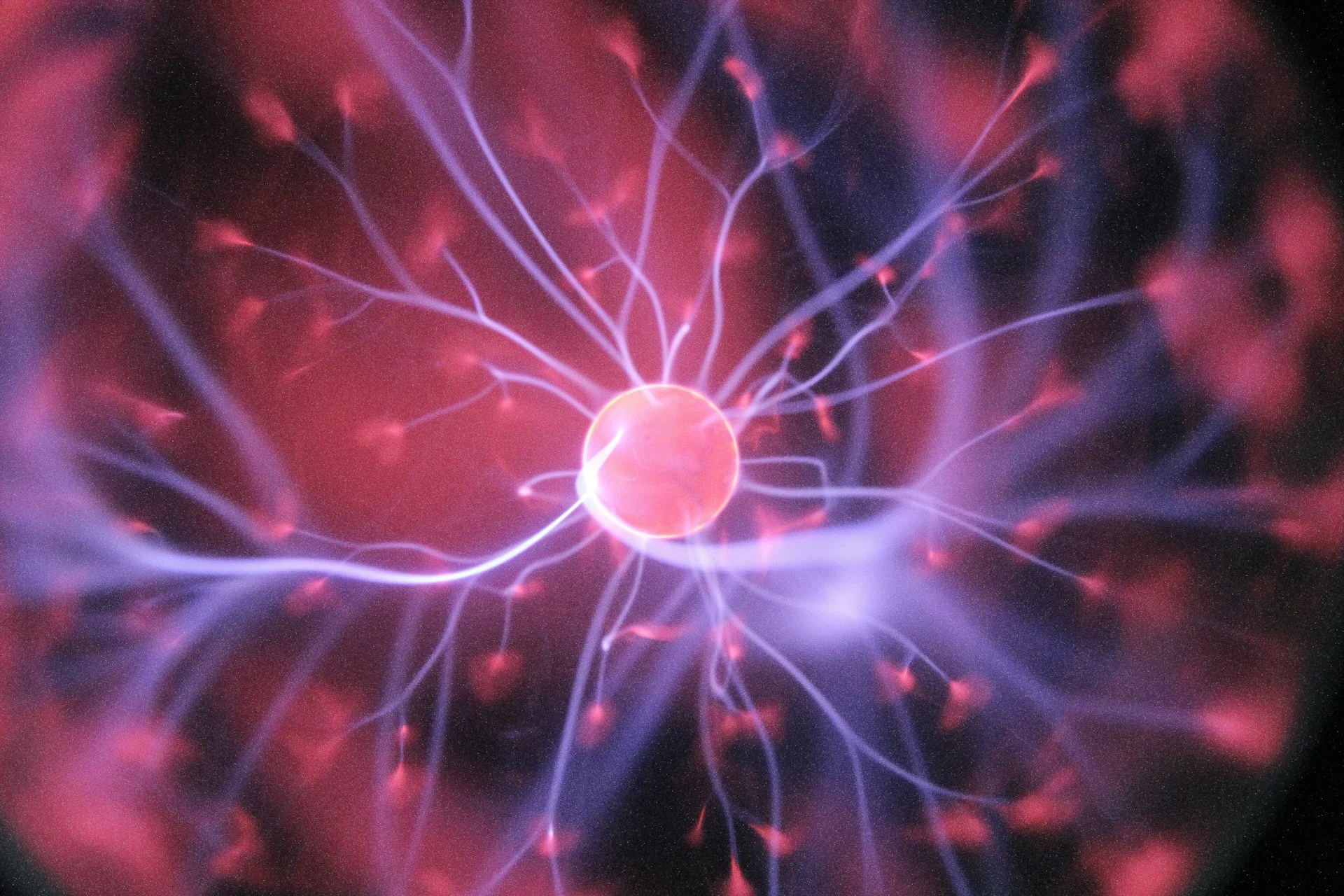Pyrolysis
Pyrolysis in Waste Management
Pyrolysis is a thermal degradation process that helps transform biomasses, plastic and rubber waste into valuable byproducts for a greener lifestyle. Pyrolysis occurs in an oxygen-free chamber, so that combustion cannot occur, allowing waste to be converted to biochar, bio-oil and syngas. It acts as a cutting-edge waste-to-energy conversion method, drastically minimising reliance on landfills and generating renewable energy. This method is one of the best sustainable waste management solutions that turn waste into usable resources with low emissions. It keeps the environment free from waste while fueling the area with more potent methods of energy production.


Understanding the Pyrolysis Process
During the Pyrolysis process, organic waste is subjected to extreme temperatures (300–900 °C) in an oxygen-free environment. It is used as an alternative fuel in heating and power generation. Syngas is also a flexible gas fuel used to make electricity or as a feedstock for chemical production. Unlike incineration which emits harmful byproducts, pyrolysis maintains a low environmental footprint for organic waste. Pyrolysis efficiency is influenced by temperature, heating rate, and feedstock composition. Slow pyrolysis targets biochar, whereas fast pyrolysis focuses on liquid fuel production. Pyrolysis is gaining popularity as a sustainable waste treatment method to produce energy from discarded materials.
Innovative Pyrolysis Technology for Waste Disposal
Minimal environmental impact through pyrolysis processes. Converting non-recyclable plastics and biomass to renewable energy. This new technology will provide us with a greener future.
Pyrolysis Environmental Benefits
Pyrolysis is gaining traction for its environmental viability. In addition, biochar (pyrolysis byproduct) enhances soil quality, aids in retaining water and even stores carbon, combating climate change. In contrast to incineration (which emits toxic pollutants), pyrolysis produces cleaner energy with minimal emissions. Many industries are adopting this technology to help achieve sustainability goals and adhere to stringent environmental regulations. Pyrolysis is touted as one of the most efficient and affordable ways to reduce waste, control pollution and create biofuel. Furthermore, governments view pyrolysis as an ideal sustainable waste-to-energy solution. It's changing how we think about sustainability and waste disposal.


Plastic & Biomass Pyrolysis
Pyrolysis is a thermochemical treatment method that converts plastic waste into petroleum-based products such as diesel oil, synthetic gas, and wax. Improper disposal of plastics creates serious environmental hazards since most plastics cannot decompose and instead accumulate in landfills or oceans. Yet, pyrolysis is an effective method to recycle non-recyclable plastics and transform them into value-added energy products. Similarly, biomass waste from agricultural and forestry residues with organic matter can also be subjected to pyrolysis for biofuels and biochar production. It reduces the dependency on fossil fuels and promotes sustainable agriculture.
Pyrolysis Industrial Application
Industries are adopting pyrolysis in their waste management and energy generation systems worldwide. These waste management companies install units to lower disposal costs and earn revenue by selling biochar, bio-oil, and syngas. Pyrolysis also helps the agriculture sector by biochar which enhances soil health and crop yield Bio-oil and syngas are used as fuel by producers of energy as an alternative to the use of conventional energy. As the global focus on sustainability heightens, the pyrolysis process is also gaining ground in chemical manufacturing, transport and municipal waste management.


Future of Sustainable Energy
As statistics on plastic pollution, carbon emissions, and landfill overflow continue to climb, pyrolysis is becoming a central tenet of global sustainability efforts. Businesses and governments adopting pyrolysis as part of their waste-to-energy initiatives can contribute to a more sustainable model for resource management. In the future syngas refinement will allow hydrogen production with other high-value thick materials and disposed plastic products. Pyrolysis' environmental advantages may also significantly increase by implementing carbon capture technologies, thus, making it a crucial element of climate action frameworks. Pyrolysis is the cornerstone of recycling modern waste and renewable energy.
Pyrolysis Transforms plastic, biomass and organic waste into biofuels, syngas, and biochar.
Our waste-to-energy solutions are designed to help facilities reduce landfill waste, minimise carbon emissions, and adopt a sustainable, circular economy.

